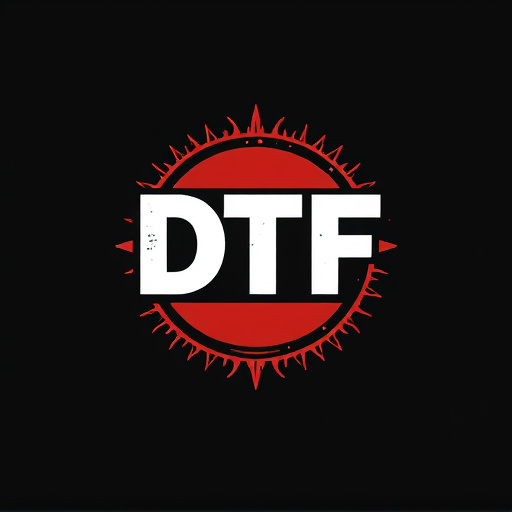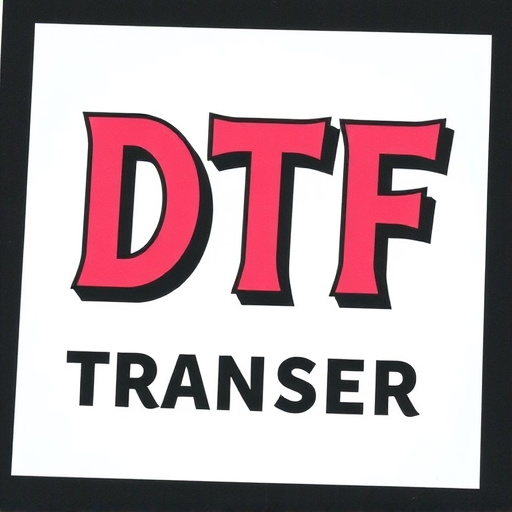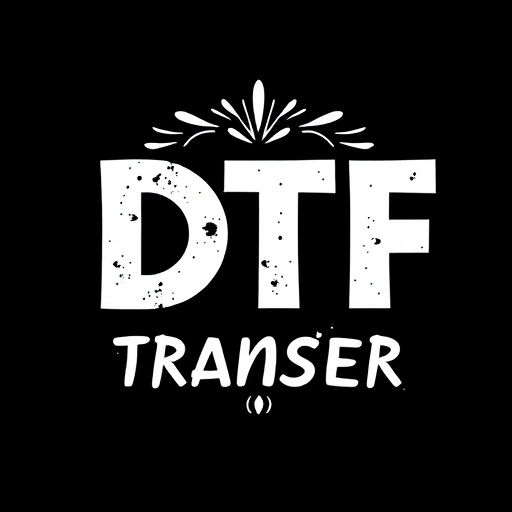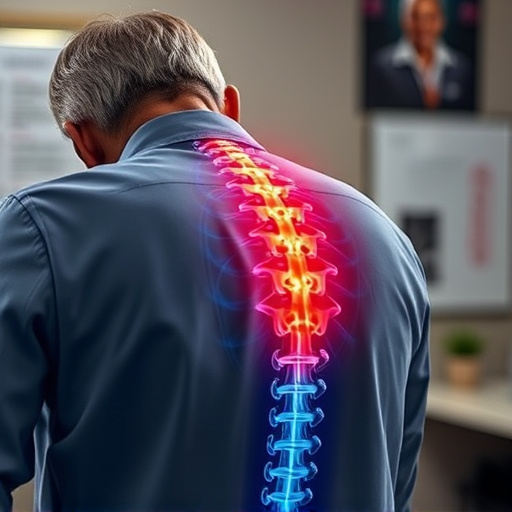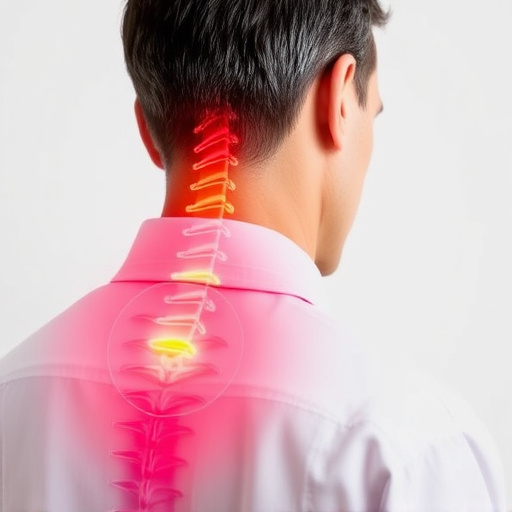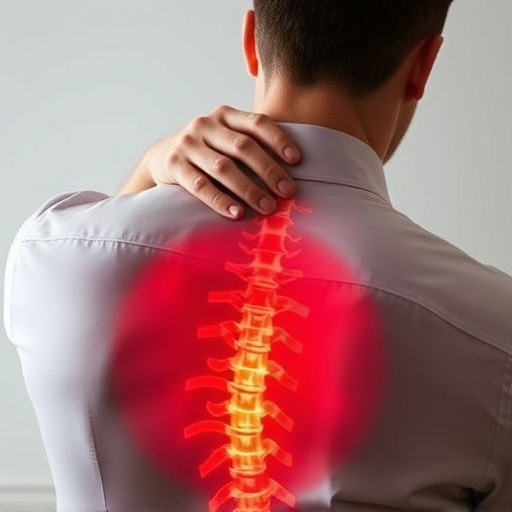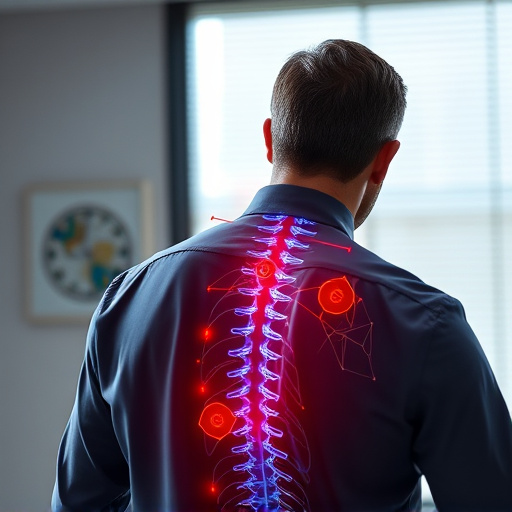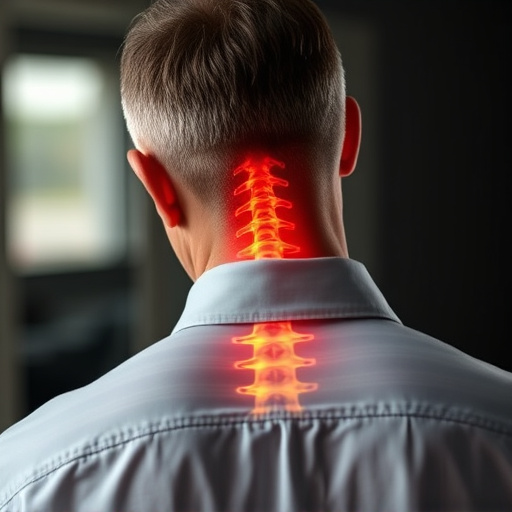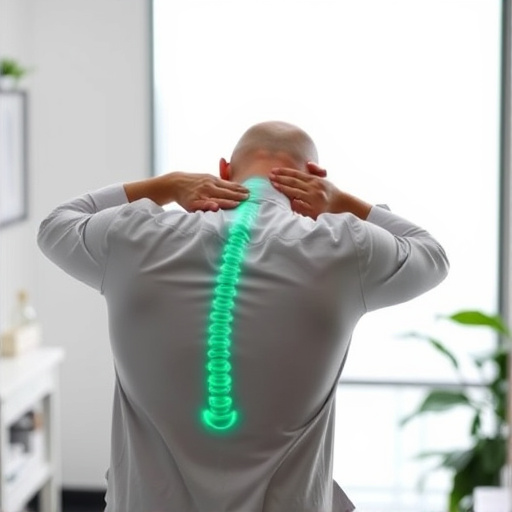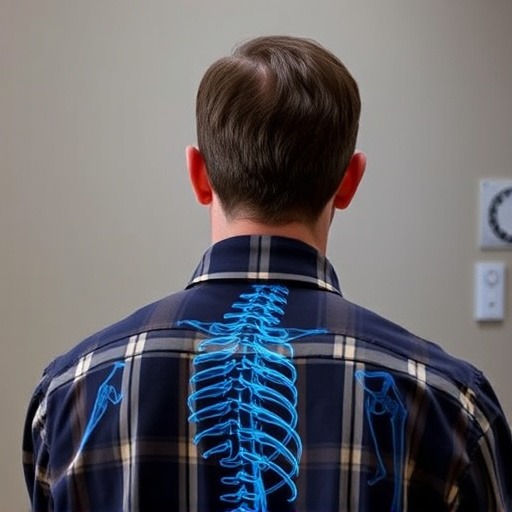Automotive collisions often lead to significant neck and back pain due to rapid forces that strain muscles, ligaments, and tendons. Whiplash and other injuries can result in muscle tears and nerve damage. Prompt medical attention is vital for effective neck and back pain relief. Chiropractors, physiotherapists, and specialized clinics offer tailored treatments like manual therapy, targeted exercises, and lifestyle adjustments to manage and alleviate pain. Combining physical therapy with lifestyle changes like good posture, exercise, diet, hydration, and sleep supports long-term recovery for neck and back pain relief. Holistic care addressing emotional well-being is also crucial for managing trauma-related anxiety, depression, or stress.
After automotive collisions, specialized recovery techniques are crucial for managing and alleviating persistent neck and back pain relief. These accidents can cause significant trauma, leading to various injuries, with neck and back complaints being among the most common. This article explores the multifaceted approach to post-collision recovery. We delve into the impact of car crashes on the body, focusing on specialized treatments like physical therapy for accelerated healing. Additionally, we provide insights on lifestyle adjustments and accessing quality care for long-term neck and back pain management.
- Understanding Automotive Collisions and Their Impact on the Body
- The Prevalence of Neck and Back Pain After Car Crashes
- Specialized Recovery Techniques for Effective Pain Relief
- Role of Physical Therapy in Accelerating Recovery Process
- Lifestyle Adjustments for Long-Term Neck and Back Health
- Accessing Quality Care and Support Post-Collision
Understanding Automotive Collisions and Their Impact on the Body
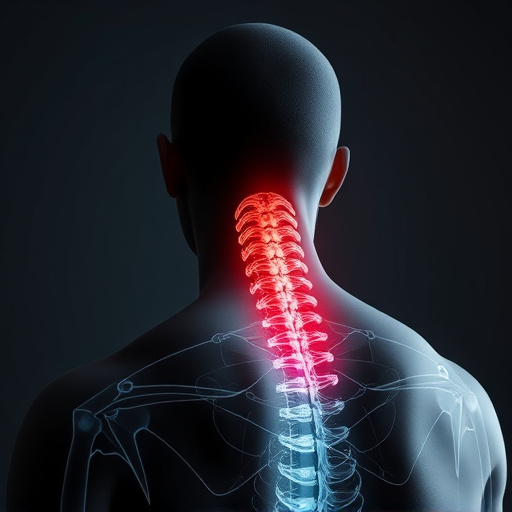
Automotive collisions can have significant effects on the human body, often leading to various injuries, including neck and back pain. The impact of a collision occurs in fractions of a second, subjecting the body to rapid deceleration and acceleration forces. This sudden movement can cause muscles, ligaments, and tendons to stretch beyond their normal range, resulting in sprains, strains, and even fractures. The neck and back regions are particularly vulnerable due to their structural roles in supporting the head and facilitating movement.
The severity of neck and back pain relief post-collision varies depending on factors such as speed, angle of impact, and individual physical conditions. Whiplash, a common injury from rear-end collisions, refers to hyperextension and subsequent contraction of the neck, potentially causing muscle tears and nerve damage. Timely and specialized recovery techniques are crucial to managing these injuries effectively, ensuring individuals can regain mobility, reduce pain, and prevent long-term complications.
The Prevalence of Neck and Back Pain After Car Crashes
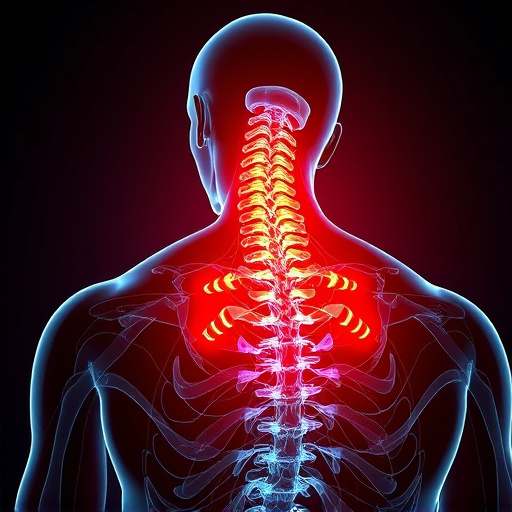
After automotive collisions, it’s not uncommon for individuals to experience lasting neck and back pain. These types of accidents often result in significant physical trauma, as the sudden impact can cause muscle strains, ligament sprains, and even fractured vertebrae. The force exerted on the body during a crash can lead to chronic pain that affects daily activities and overall quality of life.
Seeking prompt medical attention is crucial for managing neck and back pain relief after a car crash. Chiropractors, physiotherapists, and other healthcare professionals can provide specialized treatments tailored to address these specific injuries. These may include manual therapy, targeted exercises, and recommendations for lifestyle adjustments to promote healing and prevent long-term discomfort.
Specialized Recovery Techniques for Effective Pain Relief
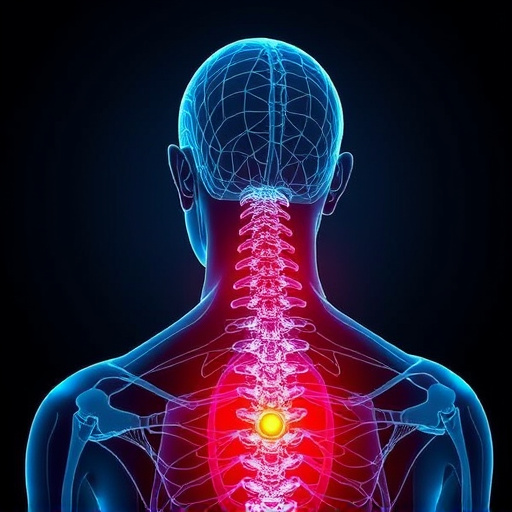
In the aftermath of automotive collisions, specialized recovery techniques play a pivotal role in managing and alleviating neck and back pain relief for victims. These techniques go beyond traditional rehabilitation methods by employing tailored approaches to address the unique challenges posed by whiplash and other collision-related injuries. One such technique involves manual therapy, where skilled therapists use gentle manipulation and adjustments to restore mobility and reduce inflammation in the affected areas, offering much-needed neck and back pain relief.
Additionally, targeted exercises and stretching routines are incorporated into the recovery process, enabling patients to regain strength and flexibility in their necks and backs. These exercises are meticulously designed to strengthen supporting muscles, improve posture, and enhance overall resilience against future injuries. By combining manual therapy with specific exercise protocols, specialized recovery programs ensure comprehensive care, ultimately contributing to faster and more effective neck and back pain relief for individuals recovering from automotive collisions.
Role of Physical Therapy in Accelerating Recovery Process
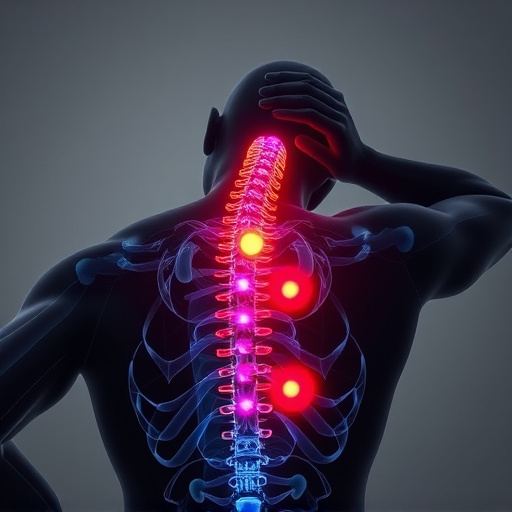
Physical therapy plays a pivotal role in accelerating recovery after automotive collisions, especially for individuals suffering from neck and back pain. Skilled therapists employ a multifaceted approach to address the complex needs of collision survivors. Through tailored exercises, manual therapy, and patient education, they help reduce muscle tension, improve joint mobility, and alleviate pain symptoms associated with whiplash and other common injuries.
The goal is not only to provide immediate neck and back pain relief but also to empower patients with long-term strategies for maintaining their health and well-being. This includes teaching proper body mechanics, ergonomics, and stress management techniques to prevent future relapses. By focusing on the individual’s unique rehabilitation goals, physical therapy contributes significantly to a faster, more comprehensive recovery process.
Lifestyle Adjustments for Long-Term Neck and Back Health
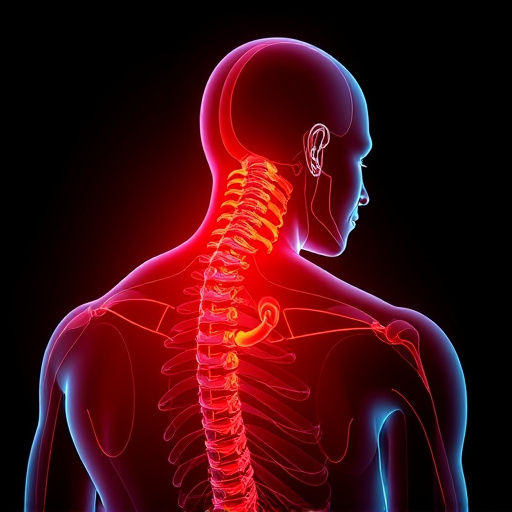
After a car collision, many individuals face ongoing challenges with neck and back pain. To achieve long-term relief and restore mobility, adopting certain lifestyle adjustments is essential. One key aspect is maintaining good posture while sitting and standing to reduce strain on the spine. Regular exercise focused on strengthening core muscles and improving flexibility can also provide significant neck and back pain relief. Yoga or Pilates are excellent choices for promoting spinal health and enhancing overall well-being.
Additionally, adopting a healthy diet rich in vitamins and minerals supports the healing process. Staying hydrated and maintaining a balanced meal plan ensure the body receives the nutrients necessary for repairing damaged tissues. Adequate sleep is another critical factor as it allows the neck and back to rest and heal. By incorporating these lifestyle changes, individuals can take proactive steps towards managing pain and promoting long-term recovery after automotive collisions.
Accessing Quality Care and Support Post-Collision
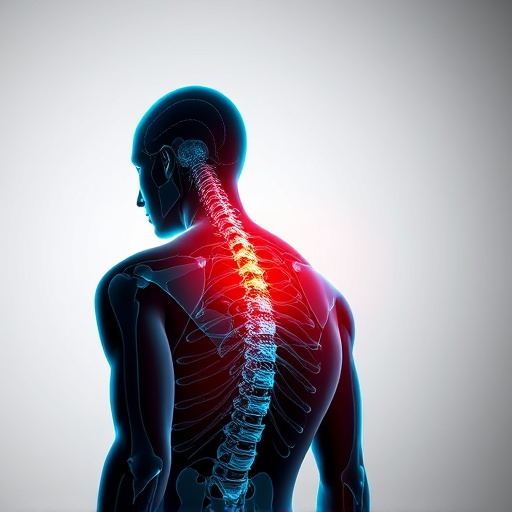
After a car accident, accessing quality care for neck and back pain relief is paramount to a successful recovery. The initial impact can cause complex injuries, including whiplash, muscle strains, and even herniated discs. Prompt medical attention ensures proper diagnosis and treatment, which are crucial in managing these symptoms effectively. Chiropractors, physiotherapists, and specialized clinics often play vital roles in this process, offering non-invasive treatments tailored to individual needs.
Supportive care post-collision extends beyond physical treatments. Emotional well-being is equally important. Many victims experience anxiety, depression, or stress due to the trauma of the event. Accessing counseling services or support groups can provide much-needed relief and help individuals navigate their emotional recovery alongside their physical healing. This holistic approach ensures a more comprehensive and lasting solution to the challenges faced after automotive collisions.

